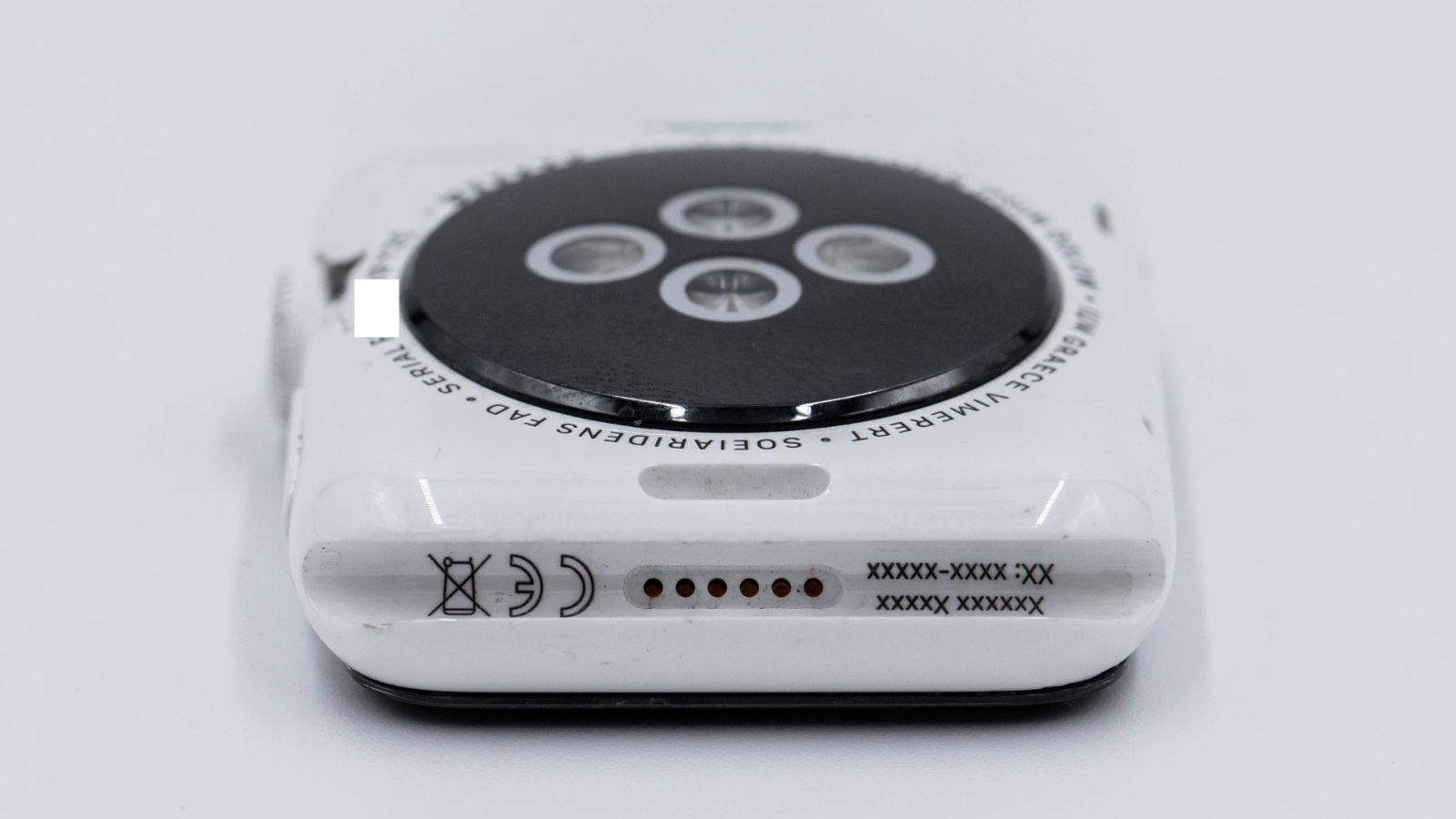This is interesting. I’m a bit unsure of the units you’re using.Assuming they use a thick enough frame to achieve the same stiffness regardless of material, we have:
m ~ d/ E^(1/3), where m is the mass, d is the density, and E is the Young's modulus.
Thus:
m_Al ~ 2.7/10^(1/3) = 1.25
m_Ti ~ 4.5/15.5^(1/3) = 1.80
m_Fe (stainless steel) ~ 7.9/29^(1/3) = 2.57
From this we can predict the mass of a titanium frame would be about half-way between that of an aluminum frame (which is on the iPhone 14) and a stainless steel frame (which is on the iPhone 14 Pro).
I’ve found this paragraph from a wiki page:
Generally, Ti-6Al-4V is used in applications up to 400 degrees Celsius. It has a density of roughly 4420 kg/m3, Young's modulus of 120 GPa, and tensile strength of 1000 MPa.[13] By comparison, annealed type 316 stainless steel has a density of 8000 kg/m3, modulus of 193 GPa, and tensile strength of 570 MPa.[14]Tempered 6061 aluminium alloy has a density of 2700 kg/m3, modulus of 69 GPa, and tensile strength of 310 MPa, respectively.
The thing that occurred to me from your calcs is that stainless steel is an alloy. So comparing to plain Titanium is a bit unfair as it’s very likely Apple would use an alloy of Titanium rather than the plain element.
Link: https://en.wikipedia.org/wiki/Titanium_alloy


